Germany : Strong Demand and Innovation Hub
Germany holds a commanding market share of 3.5% in the hyper-converged infrastructure sector, driven by robust demand for integrated IT solutions. Key growth drivers include the digital transformation initiatives by the government, which aim to enhance cloud adoption and data center efficiency. The increasing need for scalable IT infrastructure in sectors like manufacturing and finance is also notable. Regulatory support for data protection and cybersecurity further fuels market growth, alongside significant investments in infrastructure development.
UK : Innovation and Investment Surge
The UK market, with a share of 2.8%, is characterized by rapid growth in hyper-converged infrastructure, driven by increasing cloud adoption and the need for agile IT solutions. The government’s initiatives to support tech startups and digital innovation are pivotal. Demand is particularly strong in sectors like finance and healthcare, where data management is critical. The competitive landscape is vibrant, with a mix of local and international players vying for market share, supported by favorable regulatory conditions.
France : Strong Demand from Diverse Sectors
France, holding a 2.2% market share, is witnessing significant growth in hyper-converged infrastructure, fueled by the digitalization of various industries. Key growth drivers include government initiatives aimed at enhancing digital infrastructure and promoting cloud services. The demand is particularly pronounced in sectors such as retail and telecommunications, where efficient data management is essential. The competitive landscape features major players like VMware and Nutanix, alongside local firms, creating a dynamic market environment.
Russia : Potential Amidst Regulatory Hurdles
Russia's hyper-converged infrastructure market, with a share of 1.5%, is gradually expanding, driven by increasing investments in IT modernization. Key growth drivers include government initiatives to boost the digital economy and local data center development. However, regulatory challenges and geopolitical factors pose risks to market stability. Major cities like Moscow and St. Petersburg are key markets, with local players and international firms like Cisco competing for market presence, particularly in the public sector.
Italy : Focus on Digital Transformation
Italy's market share stands at 0.9%, reflecting steady growth in hyper-converged infrastructure, primarily driven by the need for digital transformation across various sectors. Government initiatives aimed at enhancing IT infrastructure and promoting cloud adoption are significant growth factors. Key markets include Milan and Rome, where demand for integrated IT solutions is rising. The competitive landscape features both local and international players, with a focus on sectors like manufacturing and finance, which are increasingly adopting hyper-converged solutions.
Spain : Investment in Digital Infrastructure
Spain, with a market share of 0.7%, is emerging as a significant player in the hyper-converged infrastructure space, driven by investments in digital infrastructure and cloud services. Government initiatives to support technology adoption in various sectors are key growth drivers. Major cities like Madrid and Barcelona are at the forefront of this trend, with a competitive landscape that includes both local startups and established international firms. The focus is on sectors such as tourism and retail, where efficient data management is crucial.
Rest of Europe : Varied Growth Across Regions
The Rest of Europe, with a market share of 0.12%, presents a fragmented landscape for hyper-converged infrastructure, characterized by diverse needs and varying growth rates. Key growth drivers include localized government initiatives and the increasing demand for IT modernization across different sectors. The competitive landscape is diverse, with local players dominating in specific regions. Countries like Belgium and the Netherlands are notable for their focus on cloud services, while others are still developing their IT infrastructure capabilities.

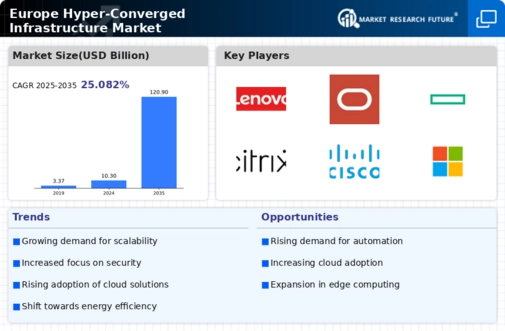
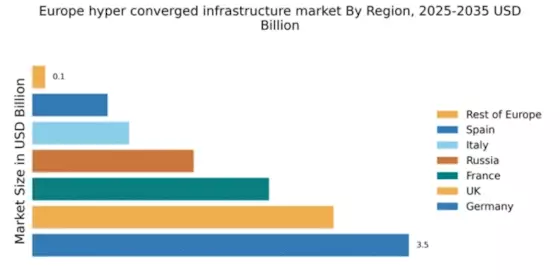
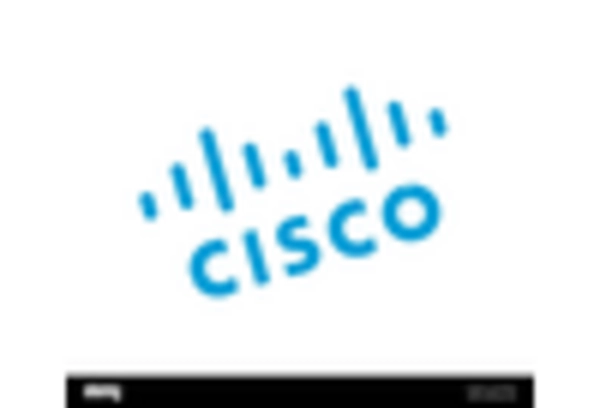
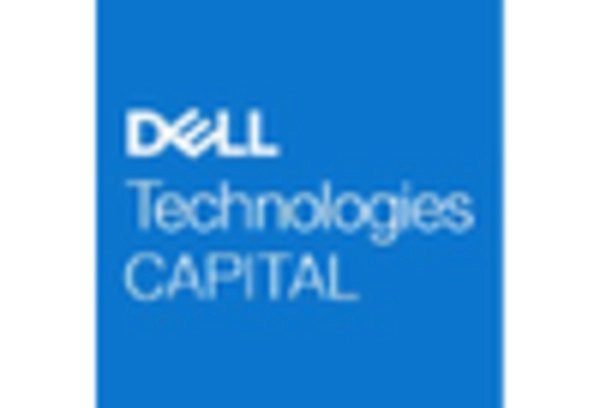



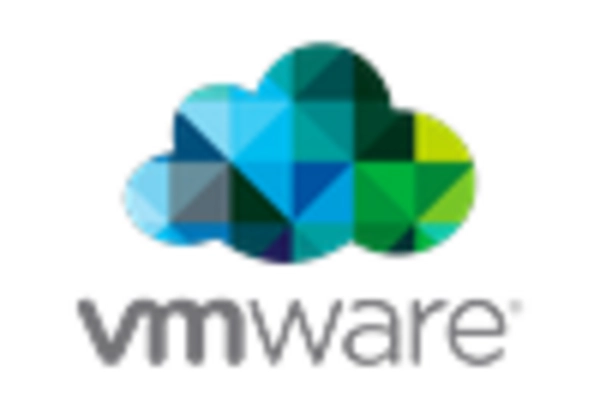








Leave a Comment